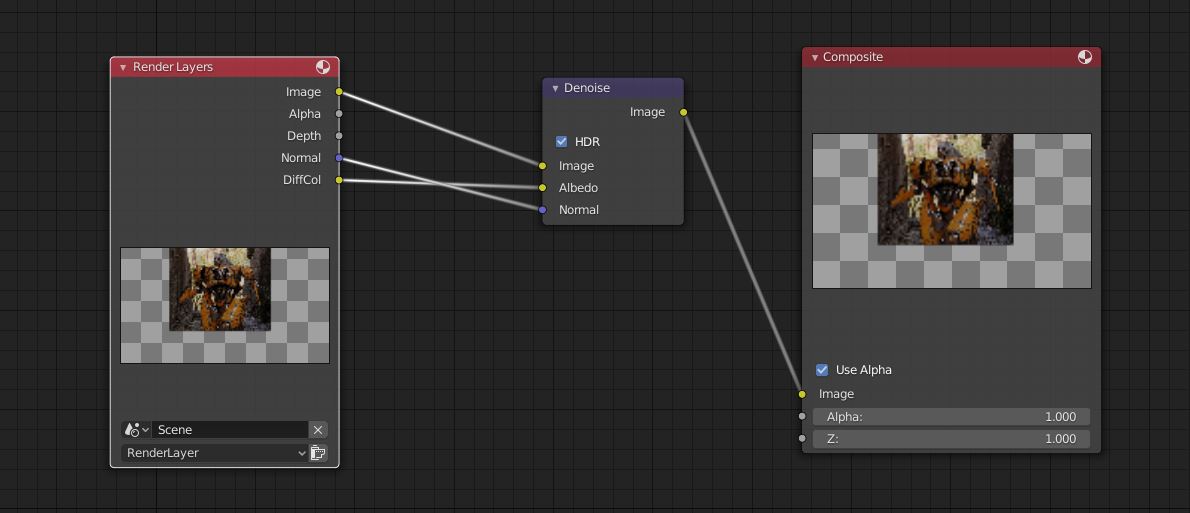

It runs purely on the CPU (it does not have to be an Intel CPU though it works fine with AMD CPUs as well) and uses machine learning to produce noise-free results. This denoiser combines the features of the Corona High Quality Denoiser and the NVIDIA GPU AI Denoiser. In the case of installation issues, the additional components can be installed manually. This is done automatically if a supported GPU is detected. NVIDIA GPU AI Denoiser requires additional components to be installed during the Corona Renderer installation. The only setting available for this denoising type is Denoise Amount, which works exactly the same as for the Corona High Quality Denoiser – it blends the original non-denoised image with the denoised result, and this can be done interactively during rendering, or once rendering is finished.

It requires a supported GPU to work (See: Hardware Requirements), which is detected during the installation. It is applied almost in real-time during interactive or regular rendering, and after the rendering is stopped. This denoiser's main purpose, as the name suggests, is to provide fast, noise-free previews. Decreasing can help prevent loss of fine details. Increasing it may help reduce very strong noise.

Readly (all-you-can-eat digital magazine subscription service).
Denoiser 3 how to use for android#
PocketMags (multi-platform app ideal for Android devices).Zinio app (multi-platform app for desktop or smartphone).Why not subscribe to a print edition, and have the magazine delivered direct to your door every month?Īlternatively, we have a number of different digital options available, including: This tutorial originally appeared in N-Photo, the monthly newsstand magazine for Nikon photographers. Quick tipĭenoise can be applied non-destructively as a Live Filter layer (go to Layer > New Live Filter) but it won’t act as strongly as if applying the noise correction directly to a pixel layer. Finally, if you like, you can paint in stronger noise reduction over the smooth areas of the subject – simply highlight the layer mask and paint white.

Finally, we highlight the middle layer, then go to Filter > Noise > Denoise and apply more subtle noise reduction – we used Luminance 20%, Luminance Detail 70%.


 0 kommentar(er)
0 kommentar(er)
